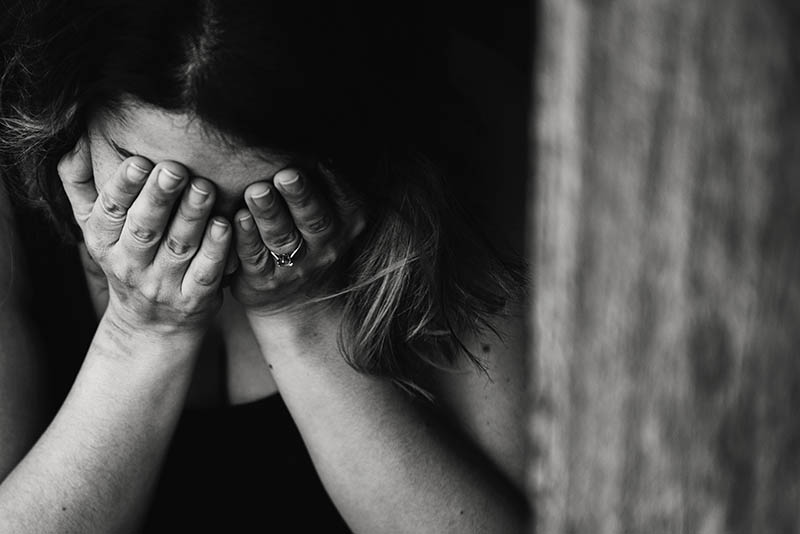It’s natural to enjoy routine. Expectations are met, order is in place, and there’s control over the situation—or at least there’s the feeling that everything you know is guaranteed to remain the same. When there’s a change in your routine however, it’s easy to feel off-balance. This sentiment applies to many things, including seasons having an impact on people’s mental state. Below, you can learn how to fight seasonal depression in Los Angeles.
Defining seasonal depression
Known as the “winter blues”, seasonal affective disorder (SAD) is a type of depression that happens according to season changes. For most, it appears during late fall and winter. People experiencing SAD tend to describe a sense of being depleted, feeling mood, and under the weather. Other symptoms include feeling depressed most of the day, having a change in weight or appetite, feeling sluggish or low energy, experiencing trouble sleeping, and having sudden thoughts of hopelessness and death. SAD can also manifest during the spring or summer with slightly different symptoms.

Why does it happen?
It’s believed that a shift offsets SAD. For one, the biological clock is off-kilter when days end sooner and it’s dark out even during the routine wake-up time. The body becomes used to seeing sunlight for a certain amount of time and suddenly, you see the sun less frequently. Some people also experience a change in serotonin and melatonin levels. Reduced sunlight (even slightly) can cause a drop in serotonin, activating depression. It can disrupt the melatonin levels as well, disrupting sleep patterns and causing mood changes.
How to ward it off
SAD can’t necessarily be prevented nor can it be predicted, but there are ways to keep it in control and make it less overwhelming. It’s important to take it seriously, like any other mental health issue, as it can trigger serious symptoms as well as serious side effects. People who already have a preexisting disorder like bipolar disorder or chronic depression, or even a family history of SAD and other depression, are more susceptible of being afflicted by SAD. So, they should take extra caution.
Some ways to help curb SAD include creating a new sleep routine, and sticking to it. This may include sleeping a bit earlier and waking up at the same time, even if it’s dark out. Creating a ritual around sleep, like making tea and winding down which can help relax the body so that it gets sufficient rest. Exercise is another way to get help through SAD. Getting the blood pumping and the body warm can instantly boost a mood as well as improve energy levels. If possible, travel and staycations can refresh a person too so that they’re taken out of their funk.
If tweaking a lifestyle hasn’t improved the symptoms of SAD and a person notices they’ve become socially withdrawn, encountering school or work problems, engaging in substance abuse, or having suicidal thoughts and behaviors, it’s best to seek out a mental health professional to treat depression in Los Angeles. A counselor can create a sustainable treatment plan for SAD so that a person gets through the season with a support system.
SAD in LA – Treating Seasonal Depression in Los Angeles
Despite SoCal having consistent (and ideal) sunny weather almost year-round, people can still be troubled by SAD in Los Angeles. During the winter months, the region sees more rainfall and cooler nights. The time change brings nightfall sooner than summer months too. These subtle changes can affect the mind and body on a subconscious level, making it tricky to understand why depression suddenly makes an appearance if the seasonal changes aren’t as drastic as they are in other parts of the country.
For more information on treating depression in Los Angeles, call Trauma and Beyond Center ® at (818) 651-0725.

